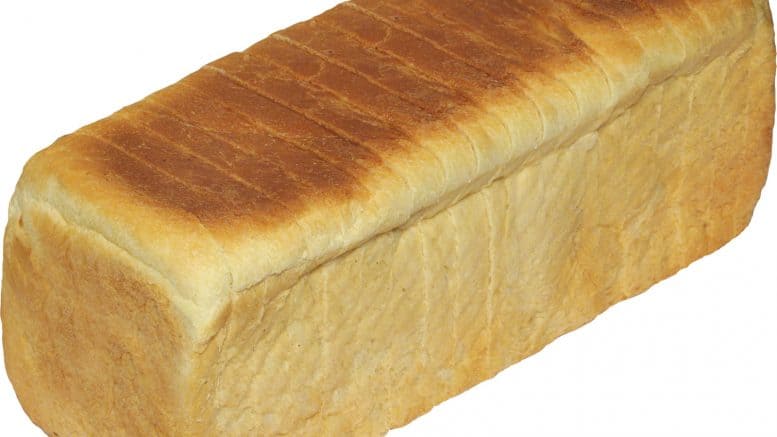Bread is one of the most common foods in the American diet. During the past 50 years, bread in America has had less and less nutritional value. We are engineering our bread to be more easily digestible and with less nutritional quality. These tips will help you choose better bread. One question I commonly receive from patients and friends is I should stop eating bread when I am dieting or attempting to lose weight. Well, there is no easy answer to this question, but I would say that you should potentially reduce your consumption of certain types of bread. I do eat bread, but I have reduced servings and changed the type.
Weight loss is all about the number of calories eaten balanced against the number of calories burned. Except for a few parts of your body, and in certain situations, your body does not care where you get your calories. It is more efficient at burning carbohydrates, and your brain prefers them as a form of energy. In general, as long as you get enough protein to make your enzymes and maintain your structure, your body will function well, and the rest of the calories can come from vegetables, fruits, and grains. I did leave off fats because, in the typical American diet, you will acquire enough without much effort.
So, what type of bread do I eat? I lived in Germany for four years and fondly remembered the local bakeries and the high-fiber breads that contained nuts and seeds. My wife and I would toast them in the oven and put Danish butter on them. It was absolute perfection and delicious. If you are trying to lose weight by reducing caloric intake, you need to make the bread worth eating. When you are on a lower-calorie diet, you struggle to get enough vitamins and minerals and may not get enough fiber to keep yourself feeling full between meals. There is only one way to make smaller meals hang around longer, and that is fiber. No magical pill will help, but fiber will.
If you decide to go with the bread as a staple in your diet, make sure it is whole grain. This is tricky because there is a lot of false information out there. Brown breads are not necessarily whole grain, and for many of them, the only thing that makes them brown is caramel coloring or molasses. In my opinion, bread is not worth the calories unless it has at least 5 grams of fiber per serving, and the five must come from whole grains and not chicory root (more to come on chicory root and inulin).
I prefer the breads from two manufacturers. I prefer Eureka! or Dave’s Killer Breads. Both make a variety of breads that are higher in protein and fiber. They are higher in fiber because they are truly made with whole grains. Most breads in the United States are not whole grain. Some that are called whole grains are colored with caramel coloring and contain very little whole grains. Most are made primarily with bleached flour and sugars. If they contained more fiber, the sugar would be absorbed slowly, and you would feel fuller longer. If a bread is lower in fiber, you will get a larger but shorter spike in insulin because of the more rapid digestion and absorption of glucose.
If you do not believe me, I have an experiment for you. Do not try this unless you are 100% sure you are not a diabetic or pre-diabetic! Get a 1-pound box of cookies, 1 pound of candy such as M&Ms, or a loaf of white bread. Eat as much of the bag or box as you can stomach. Within 1-2 hours, if not sooner, you will feel lightheaded, tired, sleepy, and hungry. Heck, you will absolutely feel nauseated. These are all high in glucose and will rapidly cause an insulin spike.
Unfortunately, Eureka Grainiac was discontinued so Dave’s Killer Bread is the last man standing. In my next nutrition article, I will do one on fiber and its sources.











Be the first to comment on "Nutrition Tidbit #2: Picking a Better Bread"